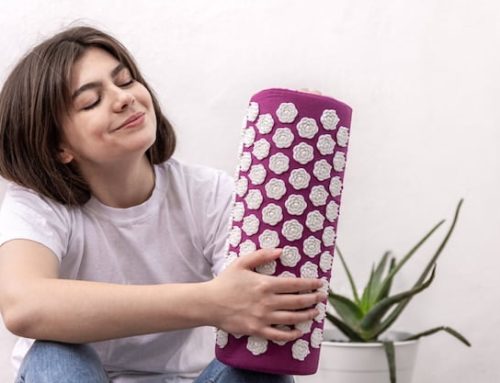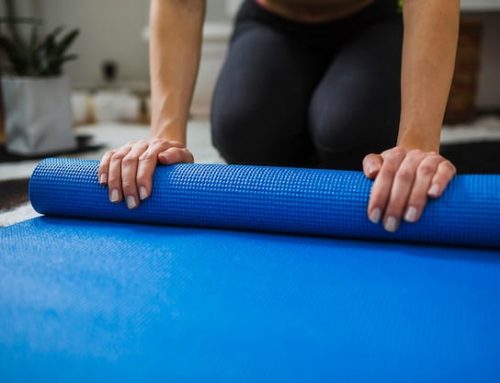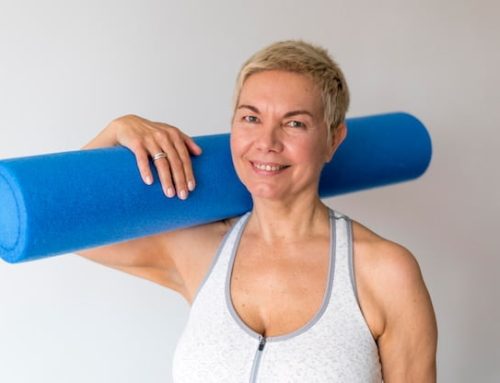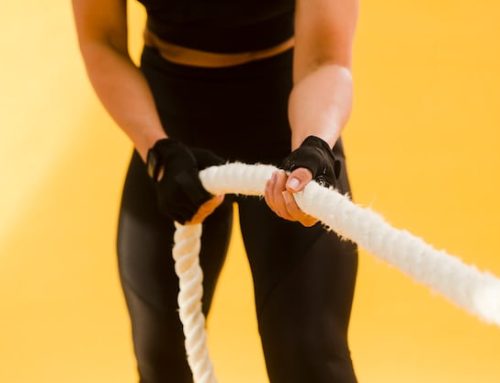The Benefits of Foam Rolling: More Than Just a Massage
Have you ever felt tightness in your muscles after a workout? Or perhaps you experience discomfort from sitting at a desk all day? Foam rolling may be the answer to your problems. Foam rolling, also known as self-myofascial release, is a form of self-massage that helps to alleviate muscle tension and soreness.
What is Foam Rolling?
Foam rolling is the process of rolling a cylinder-shaped object made of foam over your muscles. The pressure created by rolling over the foam causes your muscles to release tension and knots, increasing blood flow to those areas. This increased blood flow can help to reduce inflammation and speed up the recovery process after a workout.
The Benefits of Foam Rolling
Foam rolling has many benefits. In addition to reducing muscle tension and soreness, foam rolling can also help to increase flexibility and range of motion, improve circulation, and even reduce the appearance of cellulite. Yes, you read that right – foam rolling can help to reduce the appearance of cellulite.
Cellulite and the Lymphatic System
Cellulite is the appearance of dimpled skin on the thighs, hips, and buttocks. It is caused by an accumulation of fat deposits beneath the skin, which create pressure on the connective tissue. This pressure can cause the tissue to bulge and create the dimpled effect we commonly refer to as cellulite.
The lymphatic system plays a key role in the development of cellulite. The lymphatic system is responsible for removing waste and toxins from the body. When the lymphatic system becomes congested, waste and toxins can build up in the body, leading to inflammation and the accumulation of fat cells. This can lead to the development of cellulite.
How Foam Rolling Can Help
Foam rolling can help to reduce the appearance of cellulite by stimulating the lymphatic system. When you roll over your muscles with a foam roller, you create pressure that helps to move lymph fluid through your body. This can help to unclog the lymphatic system and improve the removal of waste and toxins, reducing inflammation and the accumulation of fat cells.
In addition, foam rolling can also help to break up fascial adhesions. Fascia is a thin layer of connective tissue that surrounds and supports your muscles. When fascia becomes damaged or stressed, it can become stuck together, leading to tension and discomfort. Foam rolling can help to break up these fascial adhesions, improving flexibility and reducing pain.
How to Foam Roll for Cellulite
To foam roll for cellulite, start by selecting a foam roller with a medium density. Lie on your side with the foam roller under your hip. Place your other foot on the ground for support. Roll along the side of your hip and upper thigh, applying pressure as needed.
You can also foam roll the back of your thighs by sitting with your legs extended in front of you and the foam roller under your thighs. Push your body up with your hands and roll back and forth over the foam roller, applying pressure as needed.
The Bottom Line
Foam rolling is a great way to reduce muscle tension and soreness, increase flexibility, and improve circulation. But did you know that foam rolling can also help to reduce the appearance of cellulite? By stimulating the lymphatic system and breaking up fascial adhesions, foam rolling can help to improve the removal of waste and toxins from the body, reducing inflammation and the accumulation of fat cells. So, if you’re looking to reduce the appearance of cellulite, give foam rolling a try – your body will thank you.
| Benefits of Foam Rolling | How to Foam Roll for Cellulite |
|---|---|
| Reduces muscle tension and soreness | Select a foam roller with a medium density. |
| Increases flexibility and range of motion | Lie on your side with the foam roller under your hip. |
| Improves circulation | Roll along the side of your hip and upper thigh |
| Reduces the appearance of cellulite | Foam roll the back of your thighs by sitting with your legs extended in front of you and the foam roller under your thighs |






